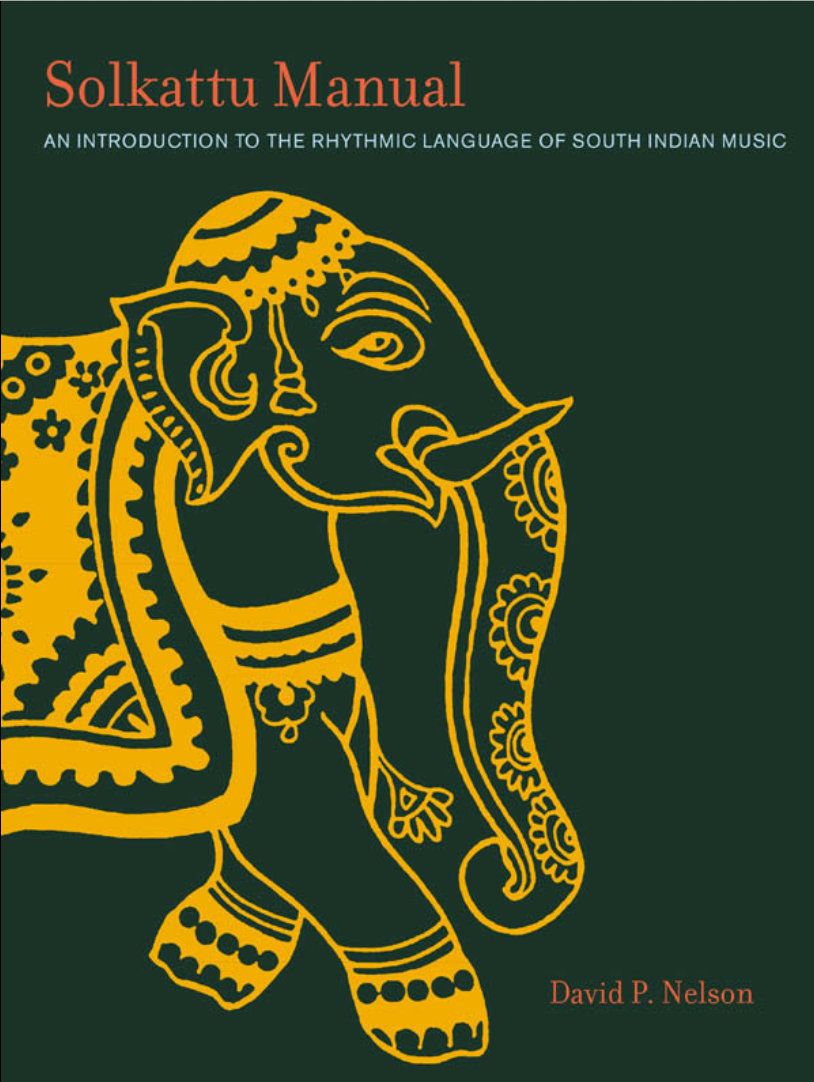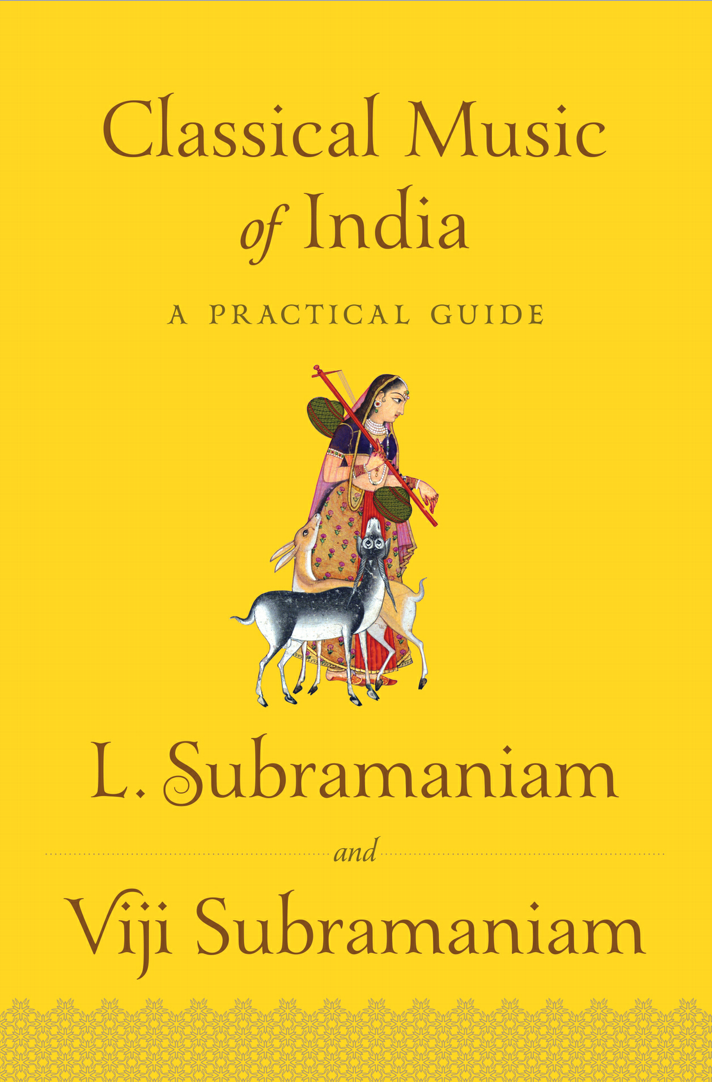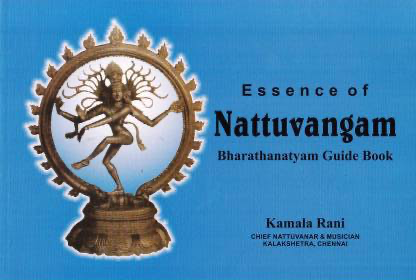Poomsae Timing with Karnatak Music
By Master Wong
The fundamental challenge of teaching poomsae timing is recording the timing that is accessible to young students. We need a method of recording, composing, and teaching rhythm in an intuitive fashion that can be accurately reproduced. Previously, the timing of preparation, execution, and follow-through phases of poomsae technique, were denoted with pauses, followed by the exclamation, pang! The pauses, which are the key information to the rhythm, were not written, and certainly there was no way to record them without learning western musical notation, which is not intuitive nor broadly accessible. This led me to search for another tradition of music to capture Taekwondo Poomsae timing and rhythm.
Multiple western systems address teaching music rhythm to children, including: the Kodály Method, devised by Hungarian composer Zoltaán Kodály uses syllables familiar to Western musicians; and the Takadimi Method, derived from Indian music tradition. The latter seemed to satisfy the requirements for my problem: simple, intuitive, and featuring vocalized timing. This lead me to learn about Indian music tradition.
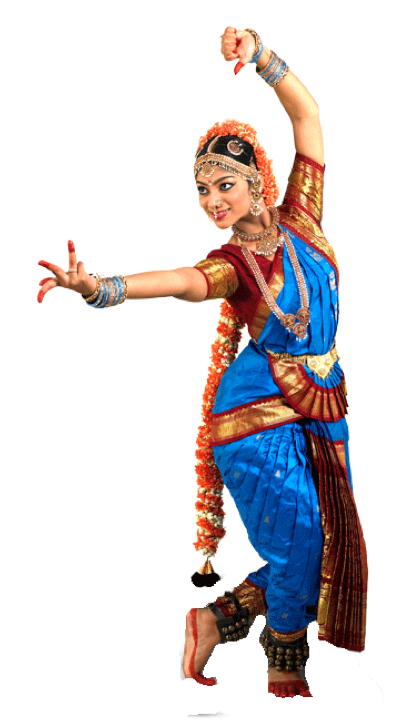
Southern Indian Music Traditions
South Indian (Karnatak or Carnatic) music has been used for millenium to express culture, emotion, and spirituality through spoken recital, dance, and instrumentation. Solkattu (sol - uh - kat - tuh) are spoken sol (syllables) representing mridangam (mer - dun - gum; South Indian drum) beats. When performed with the human voice and hands as instruments, the art form is elevated and called Konnakol, and the vocalist demonstrates the clarity of their voice and agility in rapidly reciting syllables to reveal complex underlying mathematical ratios in rhythm. For example, one such tradition includes trikala, where the artist doubles, and then redoubles the tempo, switching back and forth to explore the relationships between exponentiations. Students often begin in grade school, and demonstrate proficiency in a celebratory recital in their teens.
Another major use for solkattu is in coordination with bharatanatyam, classical South Indian dance. Dancers (one can be seen in the image to the right) express vedic (cultural/religious) stories that are key to the Indian identity and aesthetics. Sadly during colonial times, British military suppressed this aspect of Indian culture. Thankfully it is experiencing a revival in modern times. Performances reach immense levels of complexity and subtlety, with meaning conveyed through the eyes, posture, mudras (hand gestures), dance steps, and transitions. Students as young as 5 years old begin learning bharatanatyam and frequently do well at this age.
Solkattu are also used in the practice, composition, teaching, and learning of musical instruments. As these are the critical tasks we need for Taekwondo Poomsae, this is the tradition we follow. That tradition is discussed in greater detail in the next section.
Konnakol and Mridangam Performance
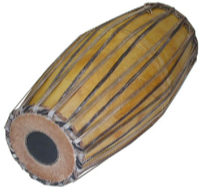
Indian instrumental rhythms are dominated by mridangam (a two-sided large drum, seen right) in the south, and tala (two small drums; tala is also the Hindi word for rhythm) in the north. Students of the mridangam are required to recite solkattu compositions, with each sol representing the type of beat to be played. Classically trained mridangam artist Rajna Swaminathan has an excellent video, courtesy of NYU Musical Experience Design Lab. She is currently pursuing a Ph.D. in music at Harvard.
Solkattu and Poomsae Performance
Using solkattu to capture rhythm of poomsae follows the mridangam tradition. Jathi are sub-compositions, or segments, within the whole composition, and in these cases, correspond to the poomsae segments. Unfortunately, I do not use the classical sol for mridangam play, and instead made adjustments to appeal to Western ears using the more common takadimi approach to rhythm.
Thanks to Master Sujatha Ganapathy, Ms. Saahithya Sridar, and Mr. Keshav Gurushankar for providing cultural education.
References
